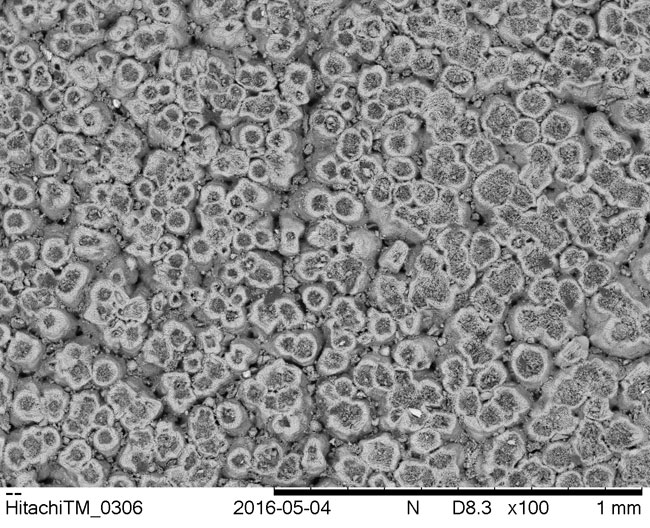SPAR has ongoing partnerships with researchers around the world seeking innovative new ways to explore aspects of human and animal interactions in Aotearoa and the Pacific.
Extinction and interaction: new molecular and imaging approaches
By far the most important terrestrial resource in early Aotearoa was the flightless moa, which was hunted to extinction by the early 1400s. Although the timing and general nature of the activities that led to the loss of the moa is broadly understood, little is known of the process itself; how the birds were hunted, and how their decline over time affected the people who had come to rely on them. New SPAR research focuses on a number of areas:
- Micro-structure of moa egg-shell. Working with specialists at the Smithsonian Museum, we are looking at structural markers in predated moa eggshell to determine the incubation stages at which eggs were taken.
- Bayesian modelling of radiocarbon dates. Bayesian modelling of radiocarbon dates from moa-hunting sites has allowed us to refine the age and duration of highly specific hunting and processing events.
- Seasonality models. Other models of hunting patterns are being constructed using SEM imaging of marine shell from moa hunting sites to determine seasonality of hunting.
- DNA Meta-barcoding. With partners at Curtin University in Western Australia, we are working on DNA meta-barcoding of midden remains from moa-hunting sites to build more in-depth pictures of the range of hunted prey.

Scanning electron microscope image of moa eggshell from Wairau Bar.
